A Salute to the Flying Dutchman
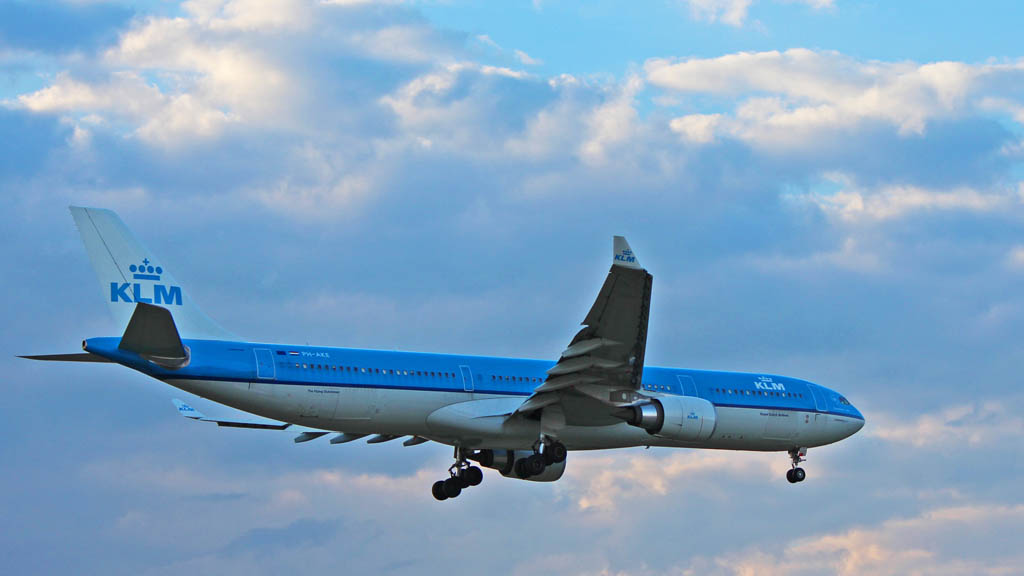
One tends to forget pleasant, comforting experiences until they occur once again, reminding us of the possibility of quality in life.
The other evening this writer stepped onto a Boeing 777-300, an event occasioned by the need to get from Jakarta to Kuala Lumpur. The nearly-500 passenger jetliner, looking fresh and comfortable, would then bound over the horizon for a 12-hour flight to Amsterdam.
Entering the aircraft and making eye contact with the cabin crew was a curiously comforting experience, as it was supposed to be. They were mostly Europeans and exuded an aura of professionalism, which extended into the flight itself. Loading up five hundred souls, many carrying mammoth suitcases that could barely fit into overhead bins, and scooting out of the airport on schedule, is never easy. Passengers have to be coaxed to speed up and get buckled up: the ‘gate departure delay’ is a serious matter, when the operating cost for an aircraft is figured at nearly $100 / minute.
We got on, the captain came on speaking first Dutch and then English, and away we went. Everything went amazingly smoothly and there was not the sense of urgency or impeding chaos you sometimes find in budget airlines, where cabin crew is younger and less-experienced, flight crew are often ex-military so they may want to act like cowboys, and the condition of the aircraft is unknown.
It was only a 100-minute flight. We got a little hot meal, I had a complimentary tiny bottle of white wine, and we landed with barely a bump in Kuala Lumpur, where I had flown some years previously when a Malaysia Air Lines 737 had come closer… and closer… and then closer… to landing before the pilot turned off the engines and dropped it on the runway. Ouch. Not quite what is technically known as a ‘hard landing’ but you wonder how many of those sharp jolts the airframe can take before something gives way…

I said goodbye to KLM and was inspired to write out these thoughts.
Flying is exceedingly safe. Driving to the airport, even at moderate speeds, is a hundred times more dangerous and less controlled than boarding just about any commercial aircraft. Still, when something goes wrong with the car you can stop and figure it out. When an aircraft is in trouble you can’t just pull over to the edge of the sky and park it until the mechanics arrive.
Wikipedia comments ‘The loss of Flight **** also brought attention to the lack of weather radar at Indonesian air traffic control centers. According to the Toronto Star, “Indonesia’s aviation industry has been plagued with problems … pilot shortages, shoddy maintenance and poor oversight have all been blamed following a string of deadly accidents in recent years.’

And it’s not just Asian budget carriers that spring surprises on hapless passengers either. Even European cheap flights will sometimes entail waits.
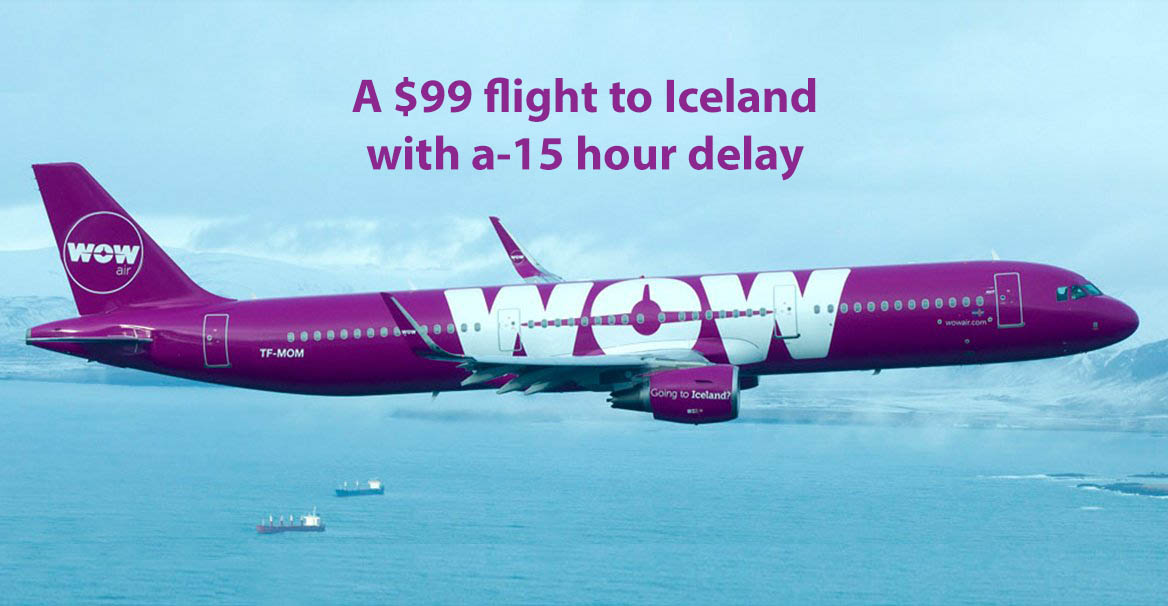
Remember the late, unlamented Adam Air? On the final flight of a Boeing 737 to Sulawesi the pilot and the co-pilot refused to take off because they claimed the navigational equipment was unsafe. The airline owners threatened them – not just with being fired but warned them they would be arrested by the police and thrown into prison if they continued to refuse to fly.
So fly and die.
The sad story ended with the aircraft in the drink, all aboard suddenly playing their harps in Paradise (or shoveling coal in Hell) as the crew could not get the device working properly and down she went.
Adam Air is history but the crew and passengers are still dead – and unnecessarily so. Unfortunately, the only thing most citizens these days – consumers – consider is the quote on the fare. Even when it is presented in lousy English.
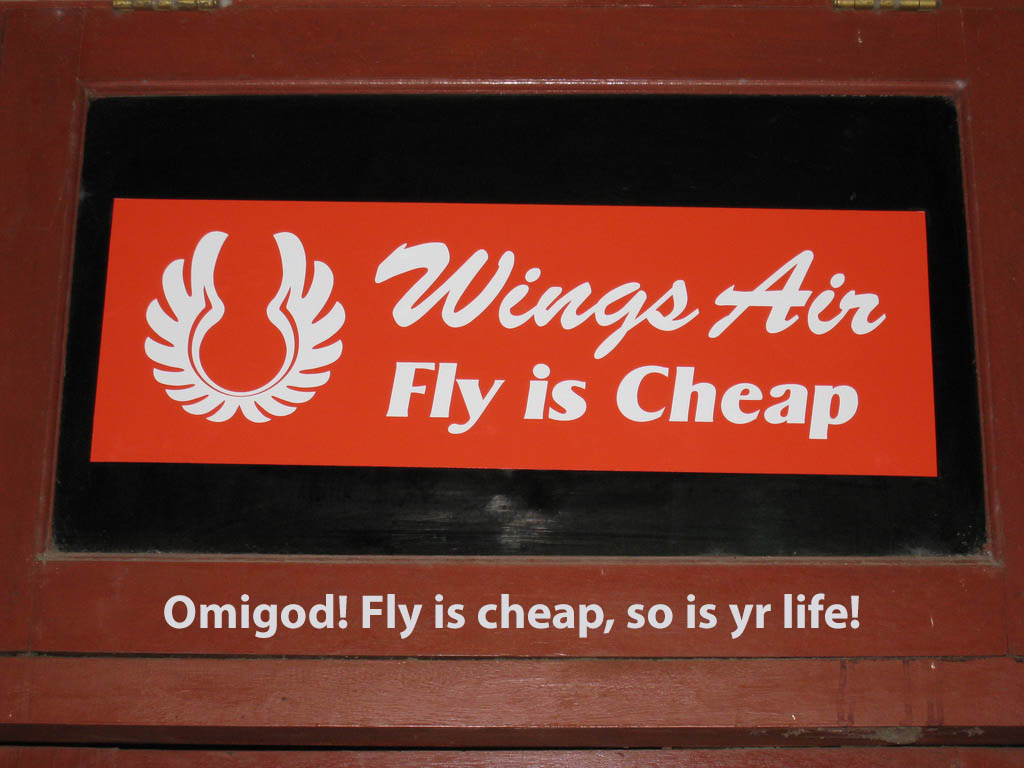
This writer recently read an unsettling statistic. Readers may be aware of the fact that many airlines – and particularly budget ones – do not own the aircraft they fly but rent them from anonymous leasing companies (many in Europe and North America) on long-term contracts. When the lease is completed the aircraft is returned, but in recent years leasing companies have discovered that the planes the budget airlines give back are so thoroughly worn out that they have to be scrapped. Are they still safe to fly? Reasonably so. Is that good enough? It depends on your spirit of adventure.
And they charge you for everything they can:
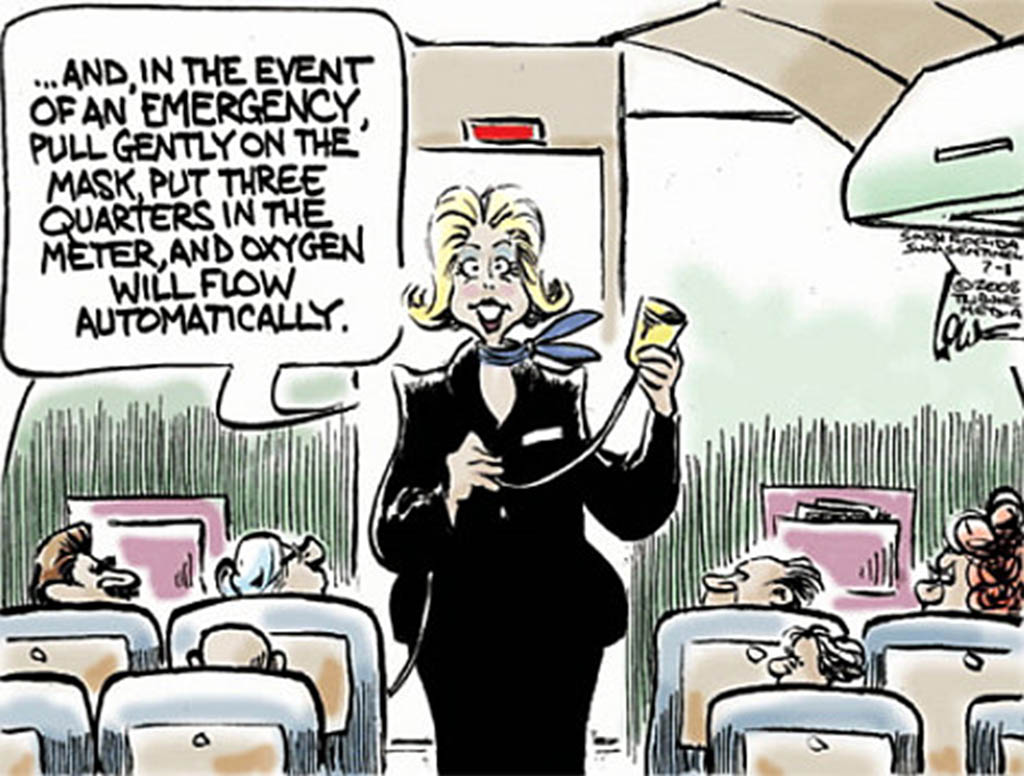
How is the aircraft maintained? Is the required maintenance actually performed or just signed off for? Are the spare parts the original (expensive) ones from the manufacturer or ‘cheap’n’cheerful’ imitations made from old materials in a back alley in Guangzhou? You have no way of knowing that – but you can be assured that KLM, or other such state European or American airlines, are getting proper maintenance, from English-speaking service personnel.
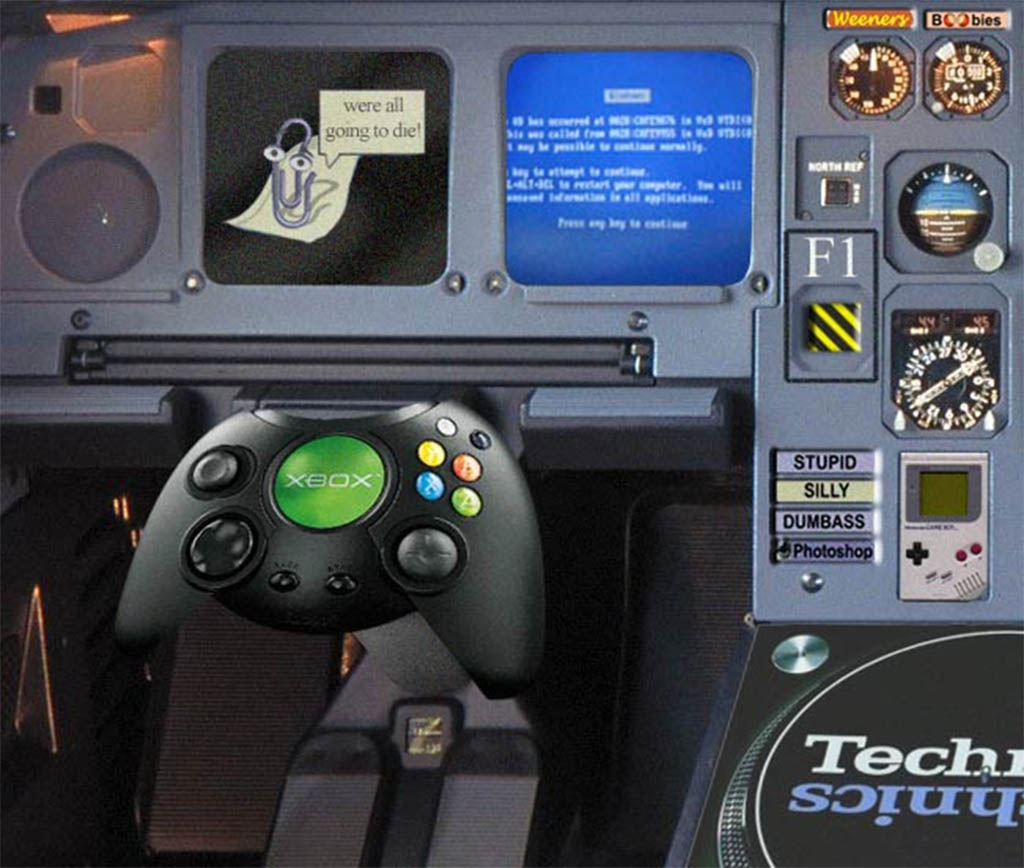
And the piloting of the aircraft? ‘Well didn’t you know that these days computers fly jet aircraft?’ The answer to that question is ‘Computers fly jet aircraft until they do not, or cannot, keep them in the air. Airplane computers can go SPROINGG! or tell you ‘This program has experienced an illegal action and will now shut down to protect your computer’ and that is when the quality of the human pilot counts the most, so the airplane stays up in the sky and not down in the water. A good pilot can save the aircraft in a bad situation.
This startling note, also from Wikipedia on a 737 crash into the Java Sea: ‘…miscommunication between the pilots was when the plane was in a critical stalling condition, the co-pilot misunderstood the captain’s command “pull down”; instead of pushing the airplane’s nose down (pushing forward on the stick to regain speed and escape the stall), he pulled the stick back, which would have ordered the plane to climb more steeply. Because the captain was also pushing the stick forward and because Airbus has a dual-input system, the two stick inputs cancelled each other out, which led to the plane remaining in a stall condition until the end of the black box recording. (See the similar side-stick control issue in the Air France Flight 447 accident.)’
Specifically, the report stated, ‘Subsequent flight crew action resulted in inability to control the aircraft… causing the aircraft to depart from the normal flight envelope and enter a prolonged stall condition that was beyond the capability of the flight crew to recover’ (that’s tech-speak for ‘Farewell, cruel world’).
CNN’s aviation correspondent Richard Quest summarized the chain of events as follows: ‘It’s a series of technical failures, but it’s the pilot response that leads to the plane crashing.’
And as a native speaker of English since around 1944, this write would state that ‘Pull down’ makes absolutely no sense whatsoever when it comes to the yoke controlling the angle of an aircraft.
AVIATION ENGLISH LESSON 1
‘Push forward’ and the nose goes down (you speed up, heading for the ground). ‘Pull back’ (you climb into the sky, hopefully with some help from the engines). No such thing as ‘Pull down’, Captain. Sorry.
So should you spend that extra fifty bucks and fly on a ‘name brand’ airline? You’ll probably never know the difference. But why take the chance.
Anyway no Asian airline would go to the trouble of physical assaulting a passenger who didn’t want to get bumped. United Airlines, one of the oldest and grandest of the American carriers, provides comics across the land with great material these days:




